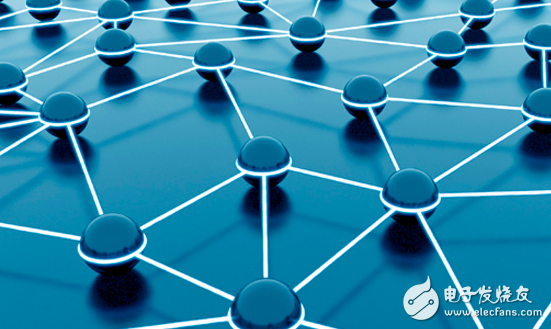1. First known sensor network
There are two types of wireless networks. One is an infrastructure network that requires fixed base stations. For example, mobile cellular communications such as wireless cellular networks require tall antennas and high-power base stations to support; one is an infrastructure-free network including mobile Ad Hoc networks and wireless sensor networks ( WSN), this kind of network node is distributed without fixed base station, note that it still has a base station and there is no special fixed base station. Ad Hoc network refers to a wireless ad-hoc network, the terminal is a Mobile Ad Hoc Network fast-moving. The nodes of the wireless sensor network are stationary or moving very slowly. The official definition of a wireless sensor network is that a WSN is a wireless network composed of a large number of stationary or mobile sensors in a self-organizing and multi-hop manner. It can be seen that the sensor network is mainly responsible for data acquisition, processing and transmission functions, which correspond to sensor technology, computer processing technology and wireless communication technology. Since the sensor network node communication method generally adopts wireless communication mode, the sensor network represents a wireless sensor network.

Some or all of the nodes in the sensor network can move slowly, and the topology changes dynamically as the nodes move. Nodes communicate in Ad Hoc mode, each node can act as a router and have the ability to dynamically search, locate, and restore connections. From the user's point of view, the wireless sensor network system structure consists of sensor nodes, aggregation nodes (similar to gateways) and management nodes. From the perspective of network function, each sensor node has the dual functions of information collection and routing. It not only performs local information collection and data processing, but also stores, manages and integrates data forwarded by other nodes, and cooperates with other nodes to complete some. Features. The following figure is a system schematic diagram of the sensor network. A large number of sensor nodes are distributed in the monitoring area. The network is constructed by self-organizing. The sensor nodes will transmit the probe information to the aggregation node in a multi-hop relay mode after preliminary processing. Then, the information is transmitted to the management node through the satellite, the Internet, etc., which is the end user. The end user can also manage and configure the sensor network through the management node, such as issuing monitoring tasks.

The sensor node is composed of a processor, a radio frequency part and a detecting part. The processor completes the calculation and control functions, the radio frequency part completes the wireless communication transmission function, and the detecting part completes the data collection function. The aggregation node does not need to detect the part, as long as there is a processor module and a radio module. However, the aggregation node usually has a strong processor module, including enhanced computing processing, storage processing, and communication capabilities. It can be either an enhanced sensor node with sufficient energy supply and more memory resources and computing power, or a gateway device with a wireless communication interface (only responsible for data conversion). It completes the data exchange between the sensor network and the external network.
Buy Expanded Ptfe,Unsintered Ptfe Cord,Expanded Ptfe Cord,Expanded Ptfe O-Ring
Cixi Congfeng Fluorine Plastic Co.,Ltd , https://www.cfptfeseal.com